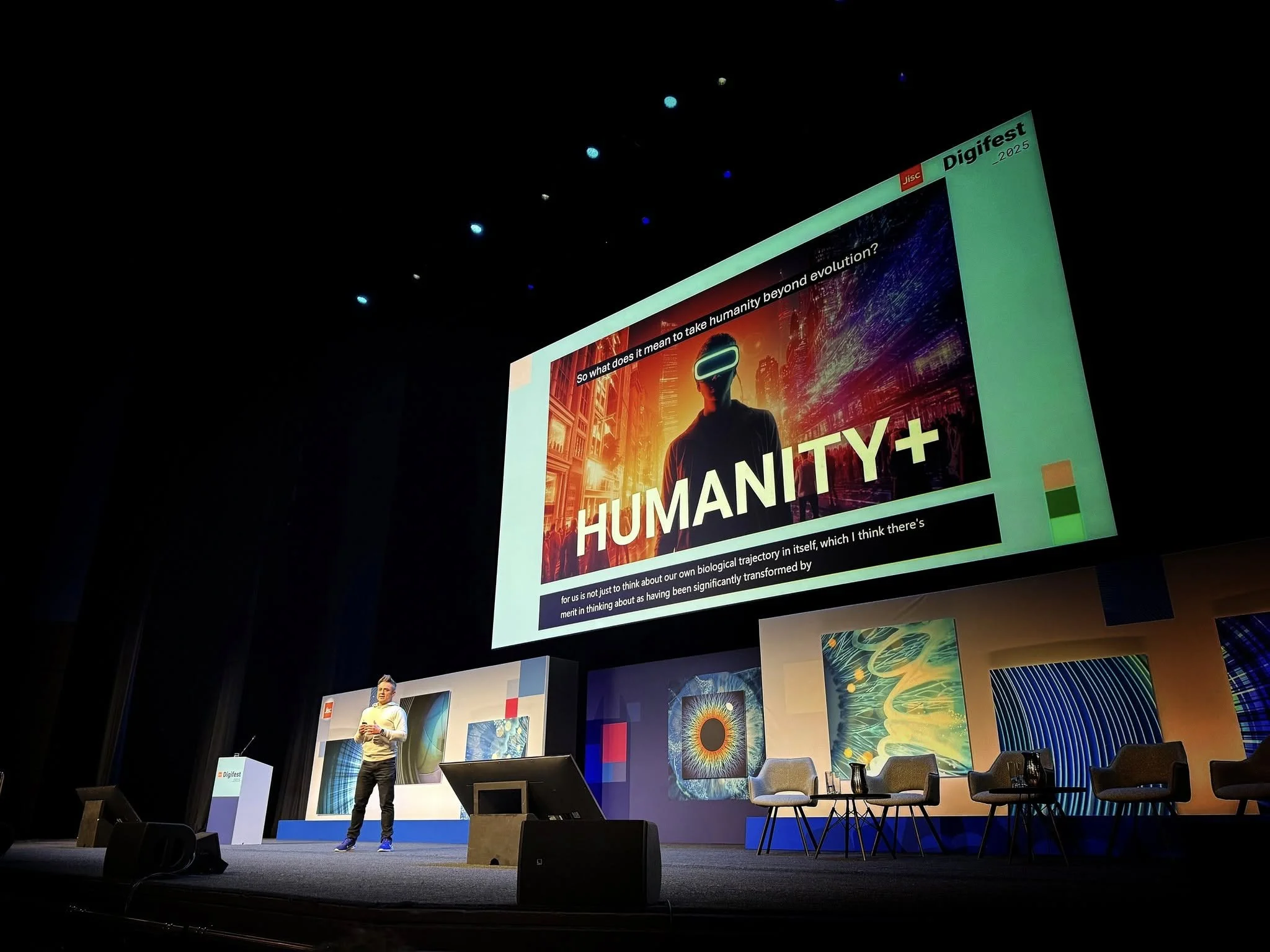
Make it stand out
What’s been happening?

How to make your own superhero
![Sport Accord Convention: Youth Club [VIDEO]](https://images.squarespace-cdn.com/content/v1/563face7e4b06c325c739ba9/1447019583292-PF7N0370UKIF8K8W31C8/image-asset.jpeg)
Sport Accord Convention: Youth Club [VIDEO]
![Social Media in Teaching & Learning [VIDEO]](https://images.squarespace-cdn.com/content/v1/563face7e4b06c325c739ba9/1447019585000-IYU5B6A6EA23HJ5WOO8Z/image-asset.png)
Social Media in Teaching & Learning [VIDEO]
![Posthumanism & Sport [VIDEO]](https://images.squarespace-cdn.com/content/v1/563face7e4b06c325c739ba9/1447019582694-VHW41G2KHEQ4PGOG6PB7/image-asset.png)
Posthumanism & Sport [VIDEO]
Social Media & Academic Life [VIDEO]

Why a broken Ring matters in the Olympic Games Opening Ceremony (2014)

Being Gay at the Sochi 2014 Olympic Games (2014)

Visionarios: El mundo en 2050

Congress of Brilliant Minds

Creative Futures: The Rise of Biocultural Capital
![Everything Everywhere: An Academic's Life on Social Media [VIDEO]](https://images.squarespace-cdn.com/content/v1/563face7e4b06c325c739ba9/1447019580286-DITKBKRWZ7J8ZG15HCL0/image-asset.png)
Everything Everywhere: An Academic's Life on Social Media [VIDEO]
![The Olympics: The Basics [Russian edition]](https://images.squarespace-cdn.com/content/v1/563face7e4b06c325c739ba9/1447019579986-DITAF1GDLXI9VYX6A6V1/image-asset.jpeg)
The Olympics: The Basics [Russian edition]

Creative Futures Institute - year of 2012
![Doping & Cycling: Scrutinising the most superhuman sport [VIDEO]](https://images.squarespace-cdn.com/content/v1/563face7e4b06c325c739ba9/1447019579383-EYUHAWVC4BZHDCJOTIKZ/image-asset.png)
Doping & Cycling: Scrutinising the most superhuman sport [VIDEO]

Human Enhancement Technologies: Pushing the Boundaries (2013)

Justifying Human Enhancement: The Case for Posthumanity
Human Enhancement Technologies @ Swiss Re Centre for Global Dialogue
Doping & the Tour De France [VIDEO]

Social Media & Cities: Strategy

